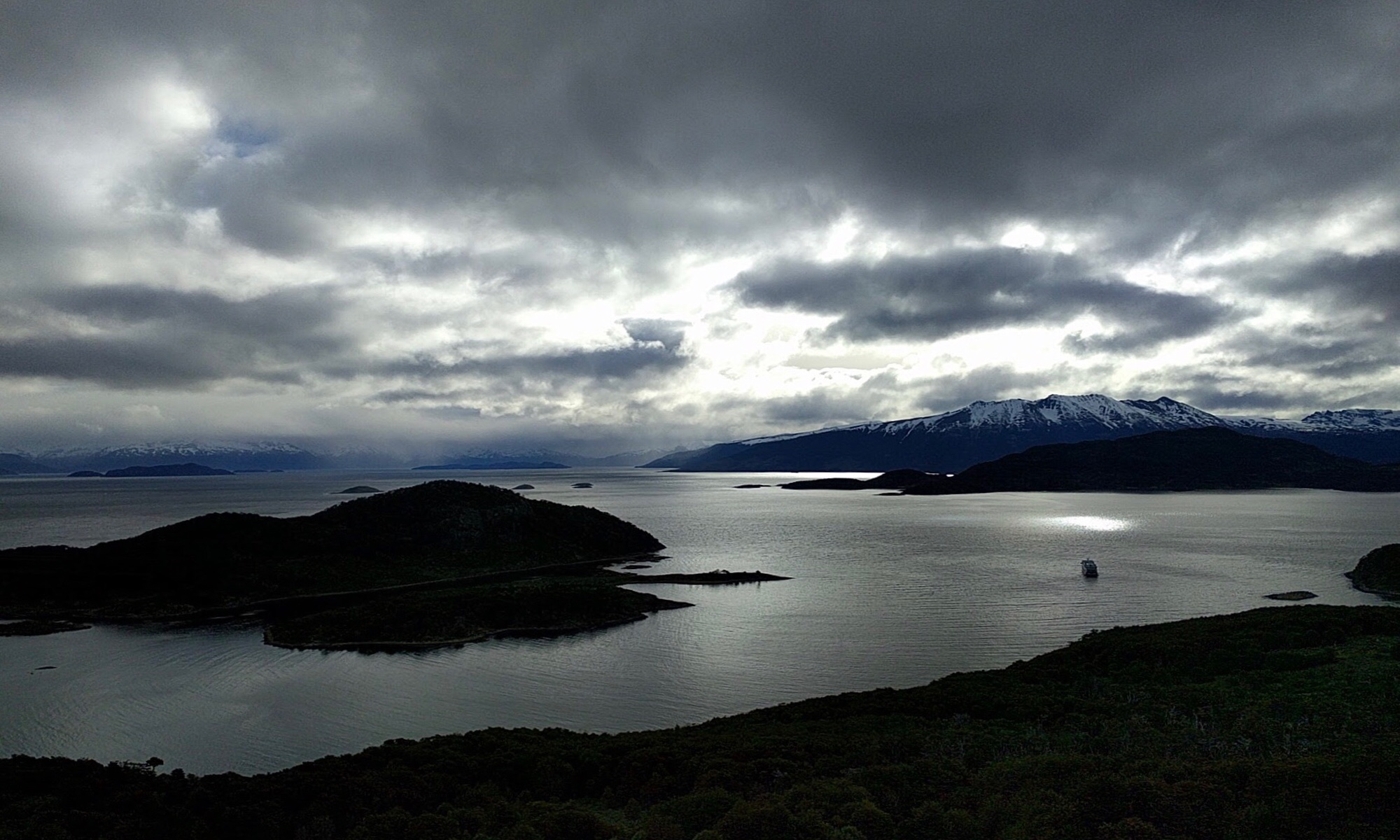On the day that our biking companions all flew to Ngapali Beach or Yangon, we were awakened at 4:15 am to be picked up by our driver to take the nicer of two boats (the RV Panorama, $35 v $30, two meals included) to Mandalay. This had all been arranged online via tour operator Go-Myanmar, and it worked out really well.
The ride to the port seemed dicey to me at first – lots of twists and turns down deserted unpaved roads, finally stopping in an unlit dusty wide spot in the road. Flashlights appeared and we were led toward the river; a porter offered to carry my backpack and I reluctantly agreed (was this really necessary?) but it turned out to be the right move as the gangway was about ten inches wide and the railing quit on the left hand side a few paces from safety. I was glad to pay 1000k ($0.70) for that.

Onboard it turned out to be *very* nice, and we were the only two passengers for the crew of about eight. Twelve hours of relaxing, reading Orwell’s “Burma Days”, and learning how to tie a longi and apply thanakha. We were picked up faithfully on the other end and delivered to Ostello Bello Mandalay, a very nice hostel with the exception of the lukewarm shower.



Kalaw, Southern Shan State
Our guide, Kyaw Hla (“Yola”). His last name is Khun, like all of the Pa-O people. It’s their tribal name. He was great, especially his English, which was near perfect, and all of the games from his childhood he showed us, using various plants.


The view from the porch of our home stay.

The daughter of the family had just given birth six days prior. They have a tradition that for the first twenty days, the mother and baby stay indoors, near an open fire. This seems like a big mistake to us. Our room, which was next door separated by a closed partition and with open windows, was *very* smoky.

Inle Lake and Nyaungshwe



Seong awaits our 7:pm dinner date at the nice restaurant in town while I dither, probably charging some device or something.

$1.92 for this haircut

Ngapali Beach
Seong found a really interesting place on AirBnB, a bungalow on a deserted beach; we were the only guests. Yvonne (Dutch) and Ronald (Burmese, born in Yangon, with Indian background) were the hosts. Three meals a day, sun, sand, waves, and a boat trip to a nearby town at the southern end of Ngapali Beach resort area. We heard a lot about interaction with the locals, especially about discrimination based on ethnicity or religion. It’s hard to get a fair shake here unless you are of Bamar ethnicity, the primary ethnic group here.











